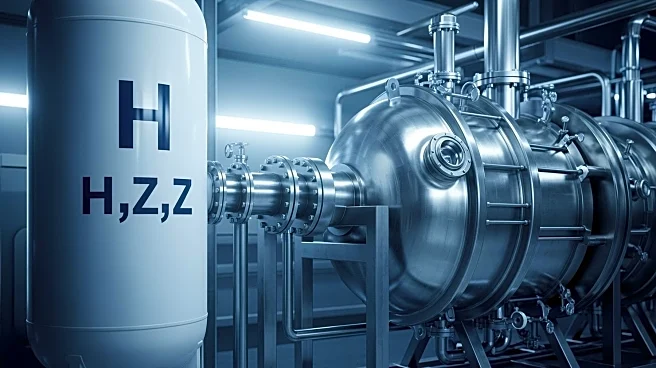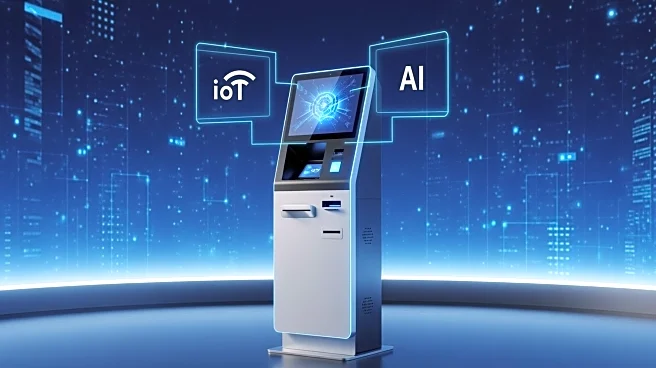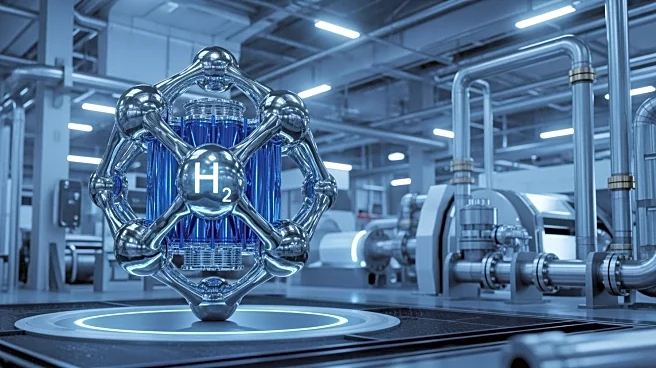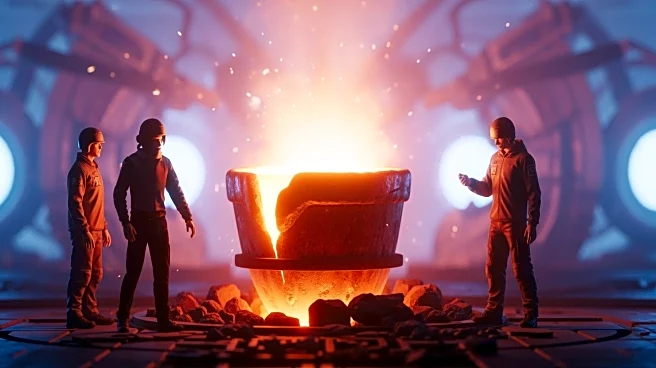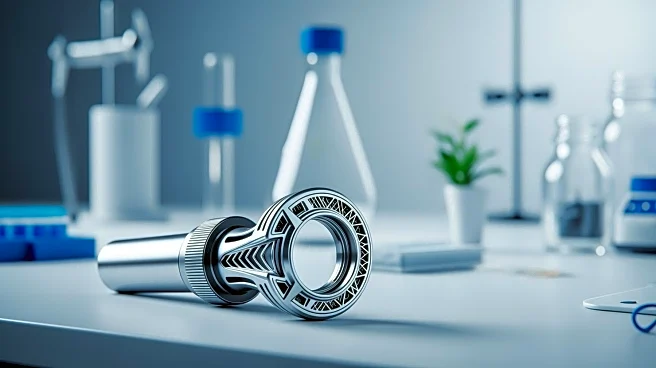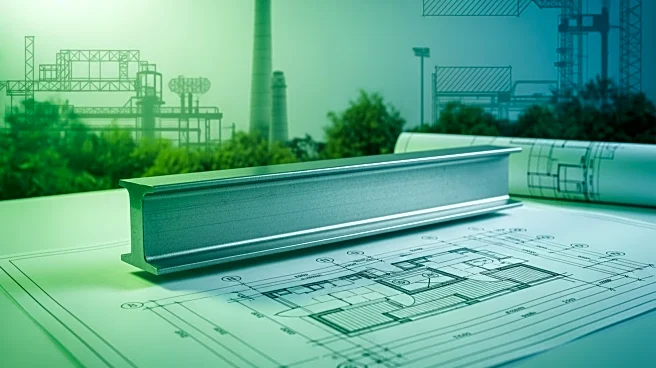What's Happening?
The Direct Reduced Iron (DRI) market is undergoing a significant transformation as the global steel industry shifts towards decarbonization and sustainable manufacturing. The market, valued at USD 64.61 billion in 2025, is projected to reach USD 146.08
billion by 2035, with a CAGR of 8.5% from 2026 to 2035. This growth is driven by the adoption of hydrogen-based DRI, which replaces natural gas with renewable hydrogen, significantly reducing carbon emissions. The Asia Pacific region leads the market, while Europe is investing heavily in hydrogen DRI plants to meet climate-neutral steelmaking goals.
Why It's Important?
The shift towards hydrogen-based DRI is crucial for reducing the carbon footprint of steel production, a major contributor to global emissions. This transition supports global net-zero emission goals and aligns with increasing regulatory pressures for sustainable manufacturing. The adoption of hydrogen-based DRI not only reduces emissions but also enhances the purity of iron used in electric arc furnaces, supporting the production of high-quality steel. This transformation is expected to drive significant investments in hydrogen infrastructure and technology, positioning the steel industry as a leader in sustainable industrial practices.
What's Next?
The continued growth of the DRI market will likely see increased investments in hydrogen infrastructure and technology. Major steel producers are expected to expand their hydrogen DRI initiatives, supported by government policies and funding aimed at decarbonizing the steel industry. The integration of digitalization and automation in DRI operations will further enhance efficiency and reduce costs. As the market evolves, strategic partnerships and technological innovations will play a key role in shaping the future of sustainable steel production.
